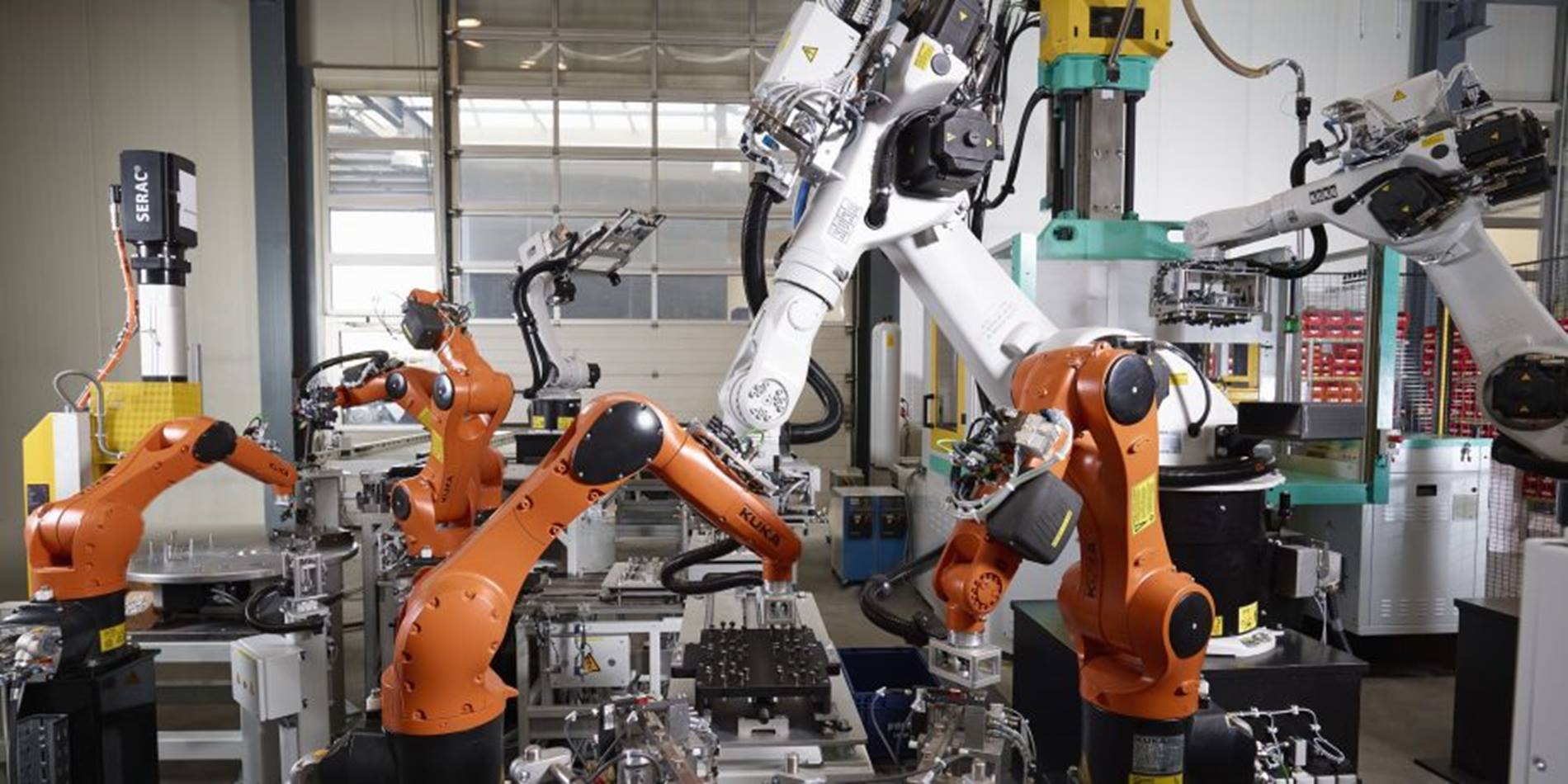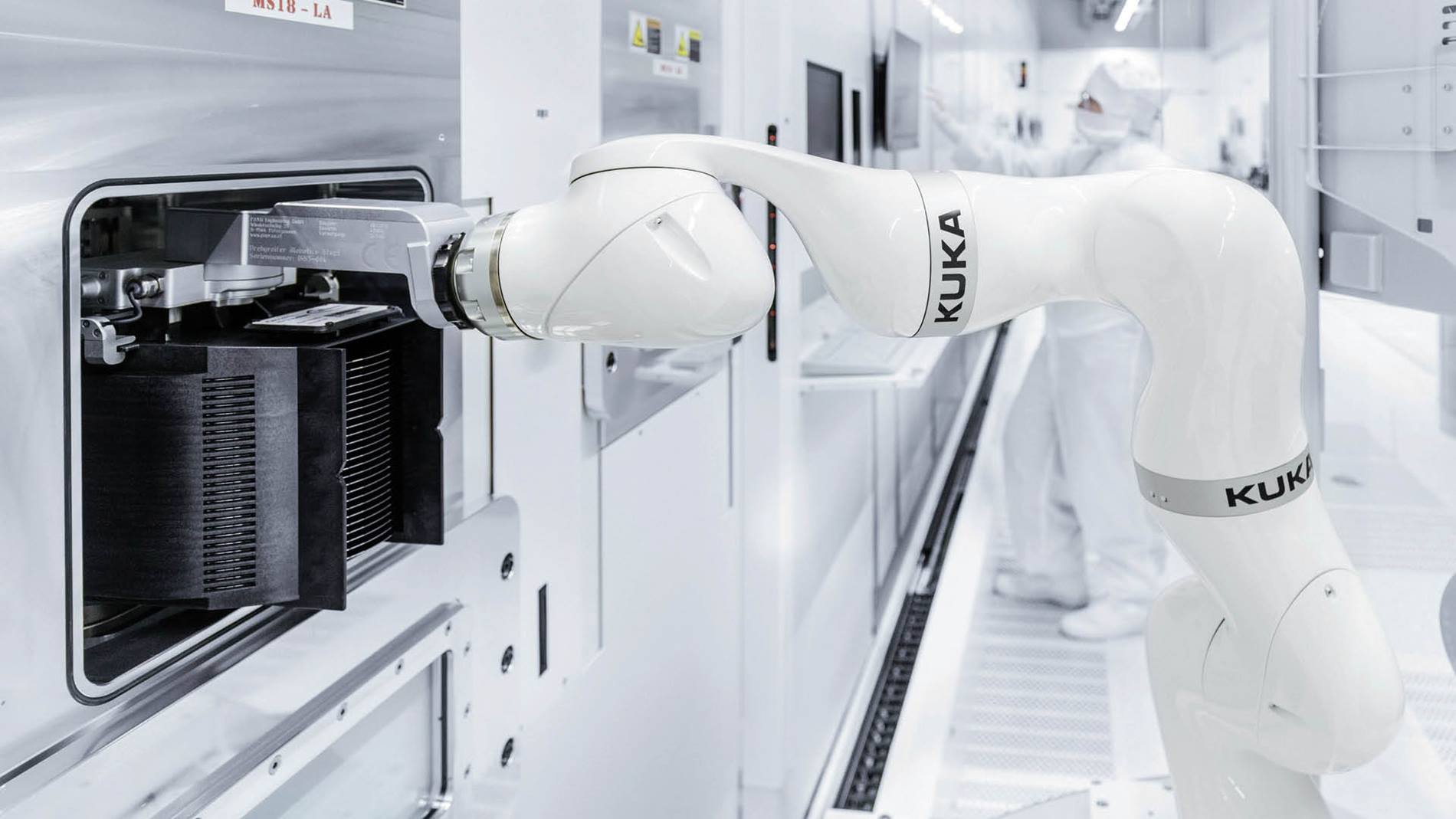Factor Speed
Electronics applications demand speedy robots with low cycle times, preferably below 0.4 seconds. The cycles themselves must be tuned to manipulate small items with care.
You are using Internet Explorer and will not be able to use our website properly.
Please change to an up-to-date browser for ideal presentation of the website.

Automation transforms productivity in virtually every form of manufacturing, and electronics is no exception. In this article, you’ll learn what’s most important about automation in this industry and how growth in the electronics industry is driving robot innovation.
By Kaile Hodgens
Automation transforms productivity in virtually every form of manufacturing, and electronics is no exception. In this article, you’ll learn what’s most important about automation in this industry and how growth in the electronics industry is driving robot innovation.
In contrast to the large, powerful robots that move chassis in the automotive industry or palletize beverage crates, the electronics industry requires speed and precision when handling small, delicate components:
Electronics applications demand speedy robots with low cycle times, preferably below 0.4 seconds. The cycles themselves must be tuned to manipulate small items with care.
Accuracy and repeatability are fundamental to the types of product manipulations involved in electronics manufacturing. Pose repeatability of 0.02 mm is ideal for these tightly structured tasks.
But these are just two factors that play a major role in robot-based automation in the electronics industry. This is because, especially in semiconductor manufacturing, many electronics production lines operate in cleanroom environments and require robotics with the correct cleanliness-class certification to function correctly under these circumstances.

Many applications in the electronics industry rely on cleanroom environments to protect sensitive products from contamination. Humidity can also play a role here. In addition, the systems usually have to be integrated compactly with optimum use of the available space, oftenwith limited access for service and maintenance. Electronics manufacturing also requires a compact, low-energy controller. To create small working cells, robots need internally routed power and air supply for their attachments. It requires robots with a small installation area and an ultra-compact overall design.